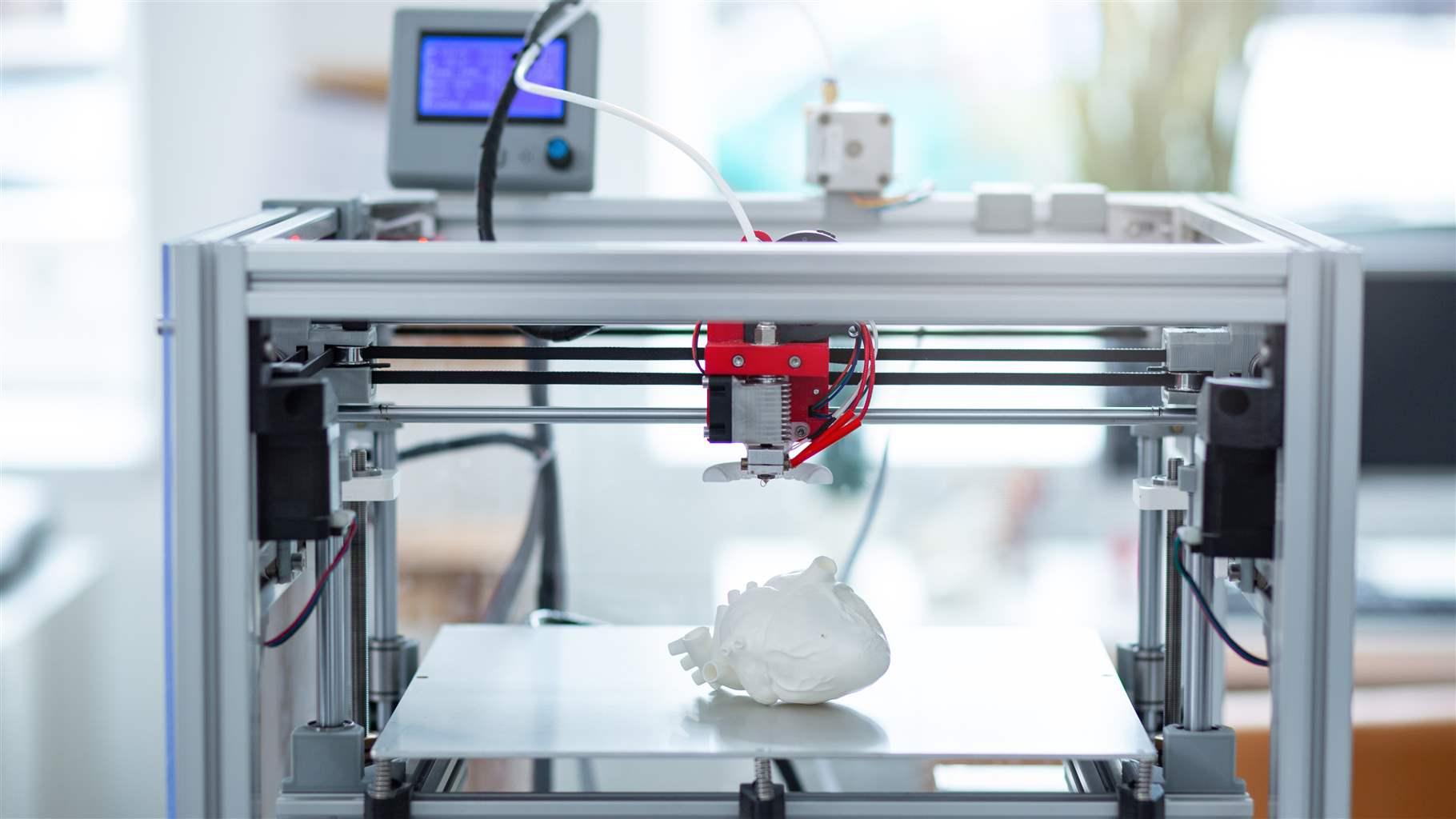The idea of 3D printing is surprising to the world. The potential applications are endless, with especially encouraging advances in the medical and dental fields. It is yet a generally innovation, however traditional dental research facilities could go the method of typewriters and film cameras in the event that dental printer 3d proceeds ahead at its flow pace.
Dental Market Worth Report
Already worth $780 million in the dental market, 3D printing could turn into a $3.1 billion industry in this area by 2020, according to predictions in a report released in May 2015 by SmarTech. The pervasiveness of 3D printing in different business sectors is expected to develop too, yet better 3D printers and materials are already being manufactured explicitly for dentists.
SmarTech likewise predicts the offer of 3D printing frameworks to dental labs will double from $240 million today to $480 million by 2020. 3D printing innovation is likewise expected to provide an overabundance by 2025, and maybe much more in specific regions like dental modeling.
How Precisely Do Dentists Utilize 3d Printing Innovation?
Supplant or fix a damaged tooth: The dentist examines the patient’s mouth with a little digital wand. This makes a 3D picture of the teeth and gums, which is saved as a PC document. PC Aided Design (CAD) programming empowers the dentist to digitally design the tooth fix and print the finished product on a 3D printer.
Make an orthodontic model: Pre-3D printer innovation includes having the patient clench down on gooey, awkward dirt so it could harden into a mold, which turns into the underlying model for designing a treatment for supports or Invisalign. This isn’t so with 3D printing. A dentist can utilize a similar innovation highlighted in the principal guide to check the teeth, design an orthodontic machine and print the end bring about the house.
Produce crowns, bridges, covers, dentures, and more: a similar cycle outlined above can be used to 3D print a wide range of dental inserts. The main difference is the exact material used in the printing system. Build careful devices: Not just might 3D printers at any point handle the dental inserts themselves, yet they can likewise 3D print the drill guides needed to finish specific dental procedures.

Advantages of 3D Printing in Dentistry
Dentistry has relied on research facilities to produce crowns, bridges, and different inserts for a long time. Why change to 3D printing innovation now? So, on the grounds that everybody wins:
Dentists set aside cash: Adding on a dental lab is a tremendous expense for any dental practice. Assuming that implemented in-house, the underlying expense alone could be $100,000. Then, utilizing skilled staff to produce dental inserts presents a considerable continuous venture. Overall, depending on the volume of work, the expense of running a dental research center can reach $100,000 each year. Contrast this with the one-time cost of about $20,000 for a top-model 3D printer, which includes a beginning stockpile of materials. Continuous materials factor into the lifetime cost, however, it’s far, far lower than running a dental lab.
Patients set aside cash: The significant expenses of adding and running a dental lab are reflected in every patient’s bill. Utilizing traditional innovations, a solitary crown can undoubtedly cost a patient $2,000 or more. At the point when 3D printers lower overhead costs by 80%, dentists can give the investment funds to their patients.
Dental and orthopedic administrations are quicker and more precise: Manual model production is tedious while 3D printing takes into consideration different machines to be printed immediately. Exactness is likewise improved since 3D printers convert digital pictures into actual items by printing 16-micron-thick layers one on top of the other. Increased production limit and more precise end results benefit the two dentists and patients.



